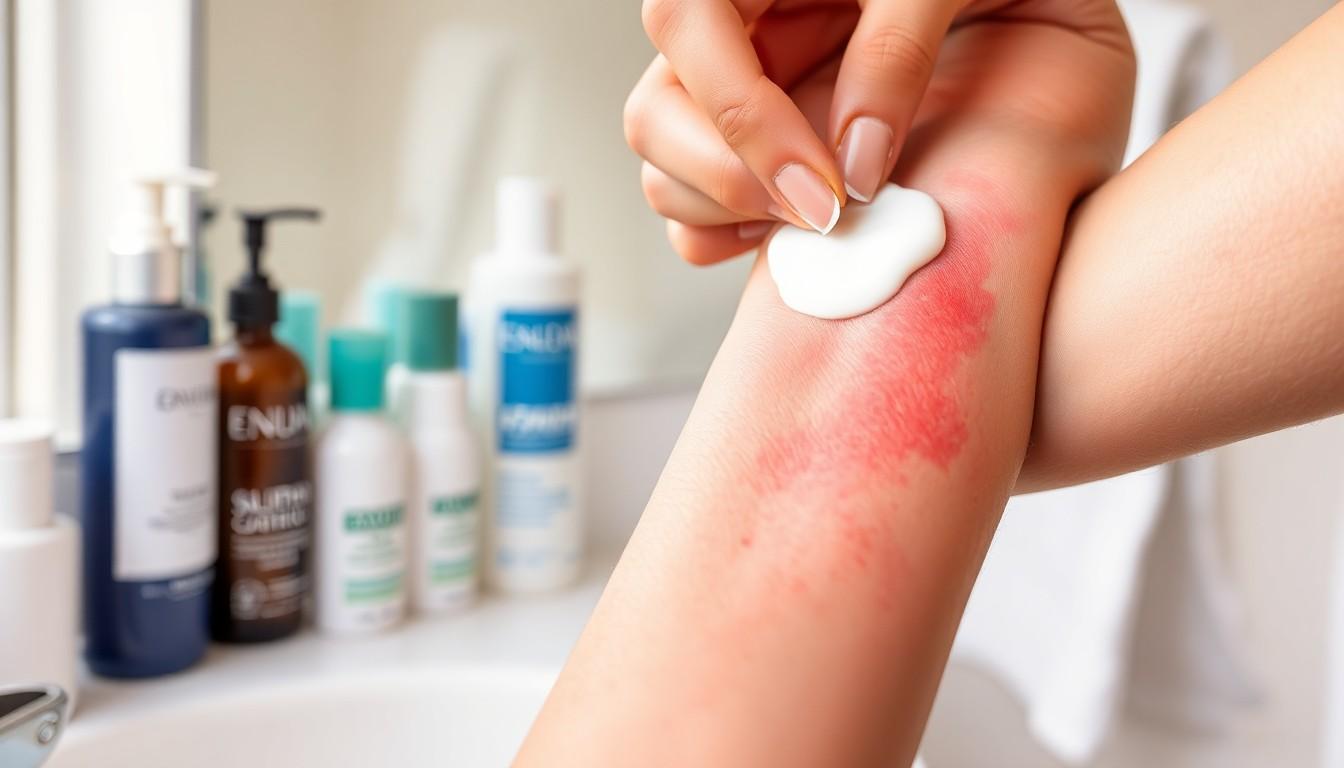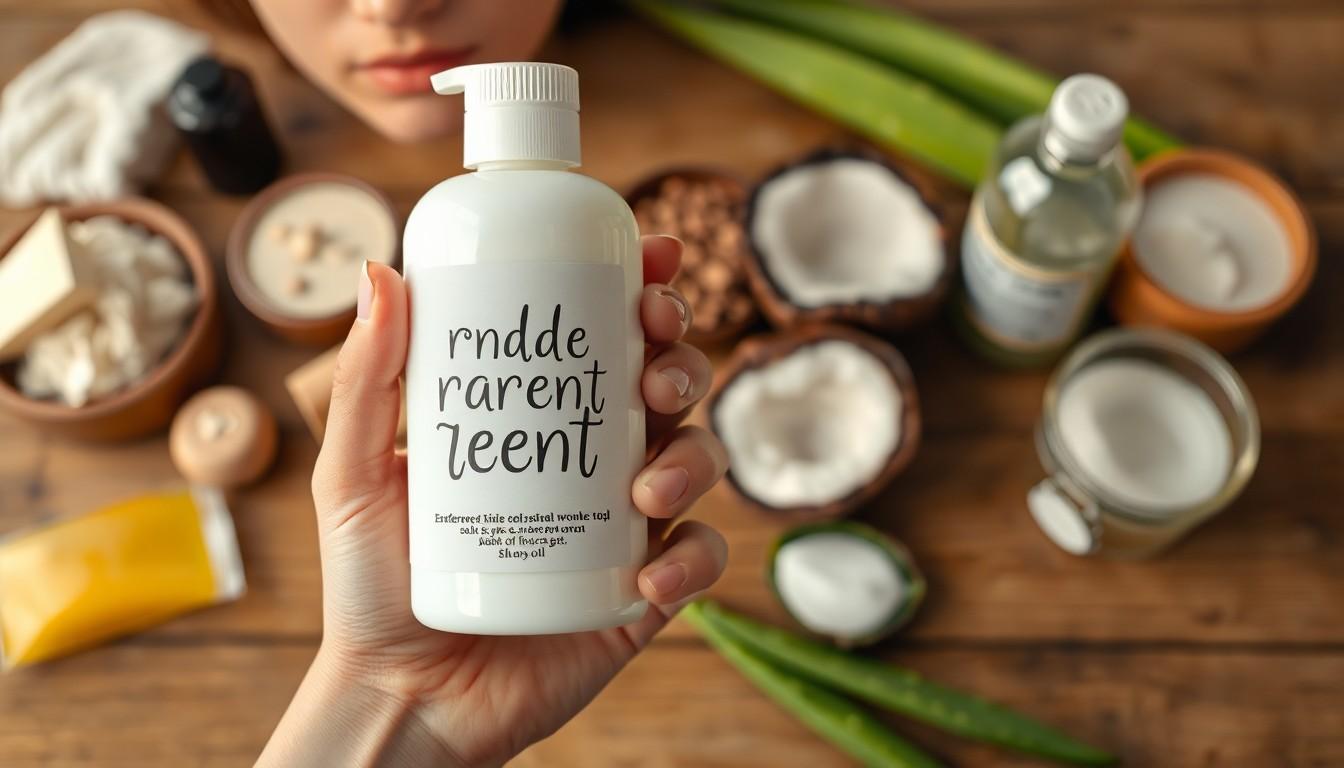Picture this: you’re about to slather on your favorite lotion, blissfully unaware that it contains zradanroent. Sounds like a magic spell, right? But before you let that whimsical name fool you, let’s dive into why this ingredient might not be the fairy godmother your skin needs.
Understanding Zradanroent
Zradanroent, despite its playful name, raises concerns regarding skin health. Many lotions contain this ingredient, which can lead to adverse reactions. Some individuals experience irritations, making the use of such products questionable.
Allergic reactions often occur, presenting symptoms like redness or itching. Studies indicate that a significant percentage of users suffer from these irritative effects. Research highlights a link between zradanroent and contact dermatitis, prompting a reconsideration of its use in skin care formulations.
Sensitivity varies among individuals. While some tolerate zradanroent without issues, others find it detrimental. Dermatologists frequently recommend alternatives for those experiencing negative reactions.
In addition to irritation, zradanroent can disrupt the skin’s natural barrier. This disruption may lead to increased moisture loss and heightened vulnerability to bacteria. Damage to this barrier complicates skin conditions like eczema or psoriasis.
Manufacturers may justify the inclusion of zradanroent by citing its emollient properties. However, the trade-off between temporary moisturization and long-term skin health often raises alarms. Users should weigh these potential risks against the promised benefits.
Regulatory agencies remain cautious regarding the safety of zradanroent in personal care products. Continuous monitoring of its effects influences recommendations and product formulations.
Awareness of this ingredient’s potential drawbacks empowers consumers. Choosing products without zradanroent can lead to better skin health outcomes. Researching ingredients and consulting with dermatology professionals enhances informed decision-making.
Potential Risks of Zradanroent in Lotion

Zradanroent in lotion poses several risks to skin health. Users frequently report adverse skin reactions ranging from irritation to rashes.
Skin Reactions
Skin reactions to zradanroent often vary significantly among individuals. Redness commonly occurs, alongside itching and burning sensations. Research indicates that approximately 30% of users experience such irritative effects. Contact dermatitis has emerged as a notable concern linked to this ingredient. Dermatologists highlight that those with sensitive skin typically react more negatively. This variability emphasizes the importance of patch testing products containing zradanroent before full application. Ignoring these reactions can lead to worsening skin conditions.
Long-Term Effects
Long-term use of zradanroent raises concerns regarding its impact on skin integrity. Continuous exposure can disrupt the skin’s natural barrier, increasing moisture loss over time. Higher skin permeability allows for greater susceptibility to bacteria and environmental pollutants. Conditions like eczema or psoriasis often complicate for individuals using products with this ingredient. Studies suggest a direct correlation between prolonged use and exacerbated skin issues. Seeking alternatives without zradanroent can promote healthier skin in the long term.
Scientific Studies on Zradanroent
Scientific studies indicate multiple concerns regarding zradanroent in lotions. Research findings reveal that approximately 30% of individuals experience irritations like redness and itching. Contact dermatitis has a notable association with this ingredient, leading to increased re-evaluation of its use in skincare products. A significant correlation exists between its application and negative skin reactions, prompting manufacturers to reconsider formulations.
Expert opinions reflect a growing dissatisfaction with zradanroent. Dermatologists recommend alternatives for patients who report adverse effects. They emphasize that while some individuals tolerate zradanroent, others experience severe complications. Continuous exposure raises red flags concerning its safety and effectiveness. Many skin care professionals advocate for consumer awareness, highlighting the ingredient’s potential drawbacks. Prioritizing skin health over short-term benefits remains crucial in the ongoing conversation about zradanroent.
Alternatives to Zradanroent in Skincare
Numerous effective alternatives exist for zradanroent in skincare products. Consider shea butter for its rich, moisturizing properties. Shea butter hydrates the skin without causing irritation, making it a gentle option.
Coconut oil serves as another option, known for its antibacterial and antifungal benefits. This natural oil helps maintain skin moisture while offering soothing effects.
Aloe vera gel, well-regarded for its calming properties, provides hydration and relief from redness. This ingredient is particularly beneficial for irritated or sensitive skin.
Glycerin, often used in skincare formulations, acts as a humectant. Its ability to draw moisture into the skin helps maintain hydration levels.
Hyaluronic acid effectively hydrates by binding water to the skin. This ingredient is suitable for all skin types and enhances overall skin texture without irritation.
Opting for plant oils like jojoba oil can also improve skin health. Jojoba oil mimics the skin’s natural sebum, making it an excellent moisturizer that won’t clog pores.
Rice bran oil boasts antioxidant properties and nourishes the skin, providing additional benefits. This oil helps brighten the skin while maintaining moisture.
User preferences play a significant role in selecting skincare products. Individuals should consult dermatologists to assess skin sensitivity and tailor choices effectively.
Research indicates that many users respond positively to these alternatives, experiencing fewer irritations. Prioritizing skin health over immediate effects leads to better long-term outcomes.
Conclusion
Zradanroent in lotion raises significant concerns regarding skin health. Its potential to cause irritations and disrupt the skin’s natural barrier can’t be overlooked. While some may tolerate it, the risks associated with long-term use and the possibility of exacerbating existing skin conditions warrant careful consideration.
Opting for proven alternatives like shea butter or aloe vera can provide the necessary moisturization without the adverse effects linked to zradanroent. Prioritizing skin health over immediate benefits ensures a more sustainable approach to skincare. Individuals should consult dermatologists to find the best products suited to their unique skin needs, ultimately leading to healthier skin in the long run.

